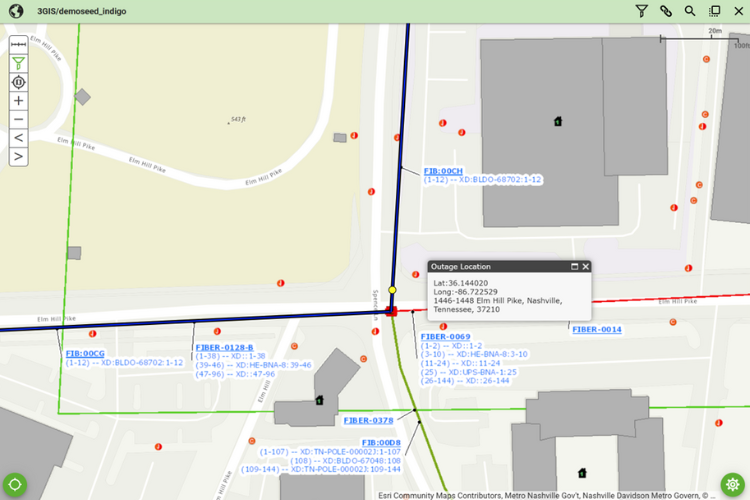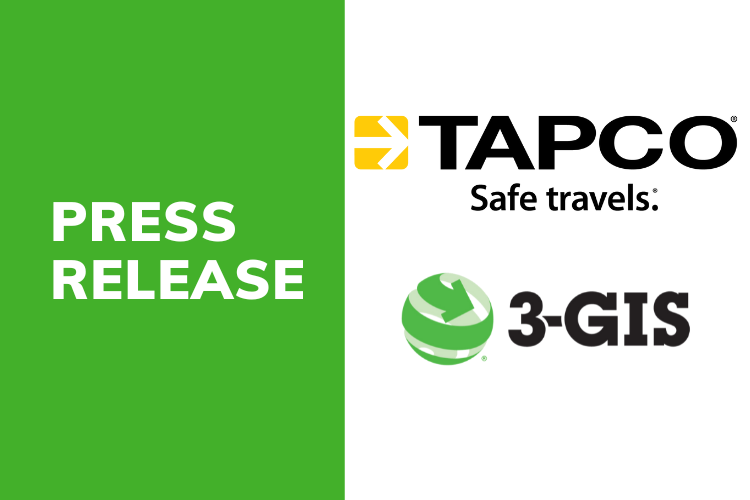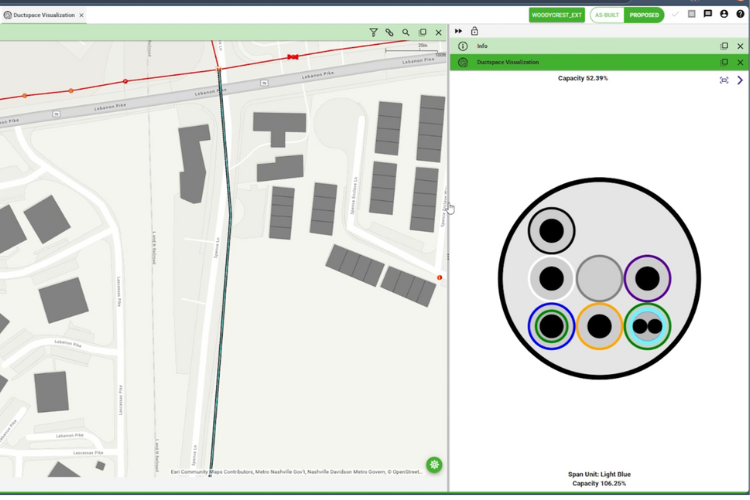The stakes are high for fiber service providers: contracts come with strict service-level agreements (SLAs), customer expectations around reliability are increasing, and the cost of delayed fault response, both in dollars and reputation, is growing. Fiber may be more resilient than copper, but it’s not immune to cuts, degradation, or equipment impacts.
But even with sophisticated systems in place, many operators are still relying on manual fault response workflows—waiting for alarms to stack up, dispatching trucks without a confirmed location, or hearing about issues from customers first.
It’s an approach that isn’t just inefficient—it’s costly too.
Windstream Wholesale is one of the operators changing that reality. By integrating VIAVI’s remote fiber monitoring tools with the advanced fiber mapping capabilities of 3-GIS, they’re showing what it looks like when fault detection becomes instant, automated, and location-aware. Speed is part of it, but the real value lies in how integrated fiber network management software is reshaping decision-making, improving accuracy, and enabling faster, more coordinated responses across the board.
Here are three reasons this kind of approach is quickly becoming the new standard.
1. It closes the gap between detection and action.
Fiber faults don’t happen in isolation. They trigger system-wide impacts and logistical strain across network operations. Without clear visibility into where a fault occurred, operators may spend hours filtering alarm noise, tracing paths manually, or rolling multiple trucks just to find the issue.
In a traditional workflow, a network operations center might receive alarms from multiple transport systems, but without a clear indication of the root cause. Teams may be forced to dispatch technicians to opposite ends of a route to shoot OTDR traces (a readout of signal loss along a fiber strand), compare field data, and piece together the physical location of the break, all while the clock ticks on repair time and SLA obligations.
Windstream’s approach pairs VIAVI’s ONMSi monitoring system with live OTDR feedback and feeds those results directly into 3-GIS | Web. That means fault location isn’t a guess. Break points are mapped with GPS coordinates, cable and strand IDs, and full path context. Instead of searching for a problem, teams can go directly to it, with the right parts and plan in hand.
The result? Fewer delays, better resource coordination, and a much shorter mean time to repair (MTTR).
2. It turns your fiber into a responsive, intelligent asset.
Unseen, unmonitored fiber can easily become a liability. Partial degradation, fiber cuts, or signal loss can go unnoticed without continuous monitoring, delaying response and increasing SLA risk. But when it’s tracked and assessed 24/7, it transforms into a valuable part of the operational strategy.
Windstream uses this approach to elevate its dark fiber product into assured infrastructure, complete with real-time alerts, proactive customer notifications, and historical performance data. The integration with 3-GIS | Web allows them to pair every event with a location and trendline, giving their teams and their customers better visibility and faster answers.
Over time, this geospatial context creates a fiber health history that can inform everything from preventative maintenance planning to performance benchmarking. It also means that after each incident, the system improves, becoming not just reactive but smarter, with every fault detected and resolved.
3. It saves hours, avoids penalties, and keeps customers in the loop.
The time savings alone are compelling:
- Fault location has dropped from 1–2 hours to under a minute
- Repair time has been cut from 6 hours to 1.5 hours
- Alerts and status updates flow to customers before they even file a ticket
It’s estimated that, at scale, these improvements can save hundreds of thousands in operating costs and SLA-related penalties. But the benefits aren’t just financial. By providing customers with real-time notifications and accurate restoration estimates, they’re creating a better service experience—one that feels proactive, not reactive.
That shift matters to enterprise, carrier, and government customers who depend on uninterrupted connectivity. When service providers can identify an issue and offer updates before customers even reach out, it builds confidence and strengthens long-term relationships.

Outages are going to happen. But the difference between operators who scramble and those who respond with clarity comes down to preparation and integration. By combining real-time monitoring with GIS-based fiber network management software, Windstream, VIAVI, and 3-GIS are showing what it looks like to get ahead of the trouble ticket.
For a deeper look at how Windstream, VIAVI, and 3-GIS built this integrated approach, check out the on-demand session, Before the trouble ticket: How Windstream Wholesale automates fiber fault localization.




